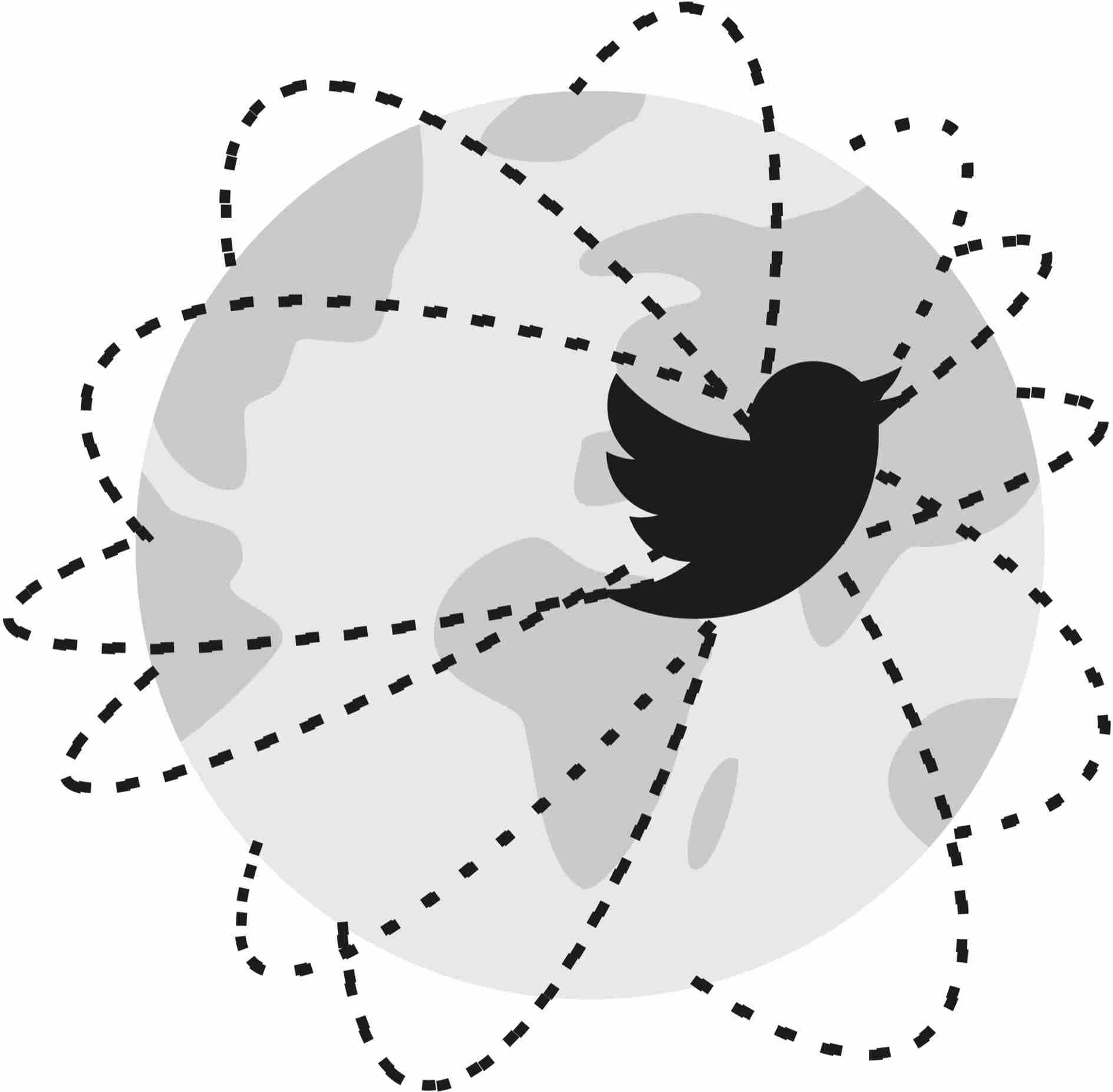Liar, Liar
While journalistic institutions began sensationalizing headlines in an effort to keep their budgets and newsrooms from emptying any further, a novel form of “news” was emerging—only this one wasn’t subject to any editorial scrutiny and possessed the viral potential of the common cold: Twitter.
Between 2010 and 2015, Twitter’s monthly active user base grew tenfold, from 30 million to 300 million. As was the case for institutional news outlets, the most popular tweets were the ones that triggered our most violent emotions. For journalists, that meant dramatizing the news. For Twitter users, it meant making it up.
An MIT study examined a data set of 126,000 tweets in all categories of information—from science to terrorism to finance—and sorted them based on factual accuracy. The time taken for falsehoods to reach 1,500 people, they found, was six times shorter than it was for the truth. Meanwhile, 7 in 10 U.S. adult Twitter users say they get news on the site, and 80% of all tweets come from 10% of its users.
49
The Speed of Lies
Based on average time to reach 1,500 users on Twitter

Falsehood spreads
6X faster
than the truth on Twitter
Source: Science, March 2018.